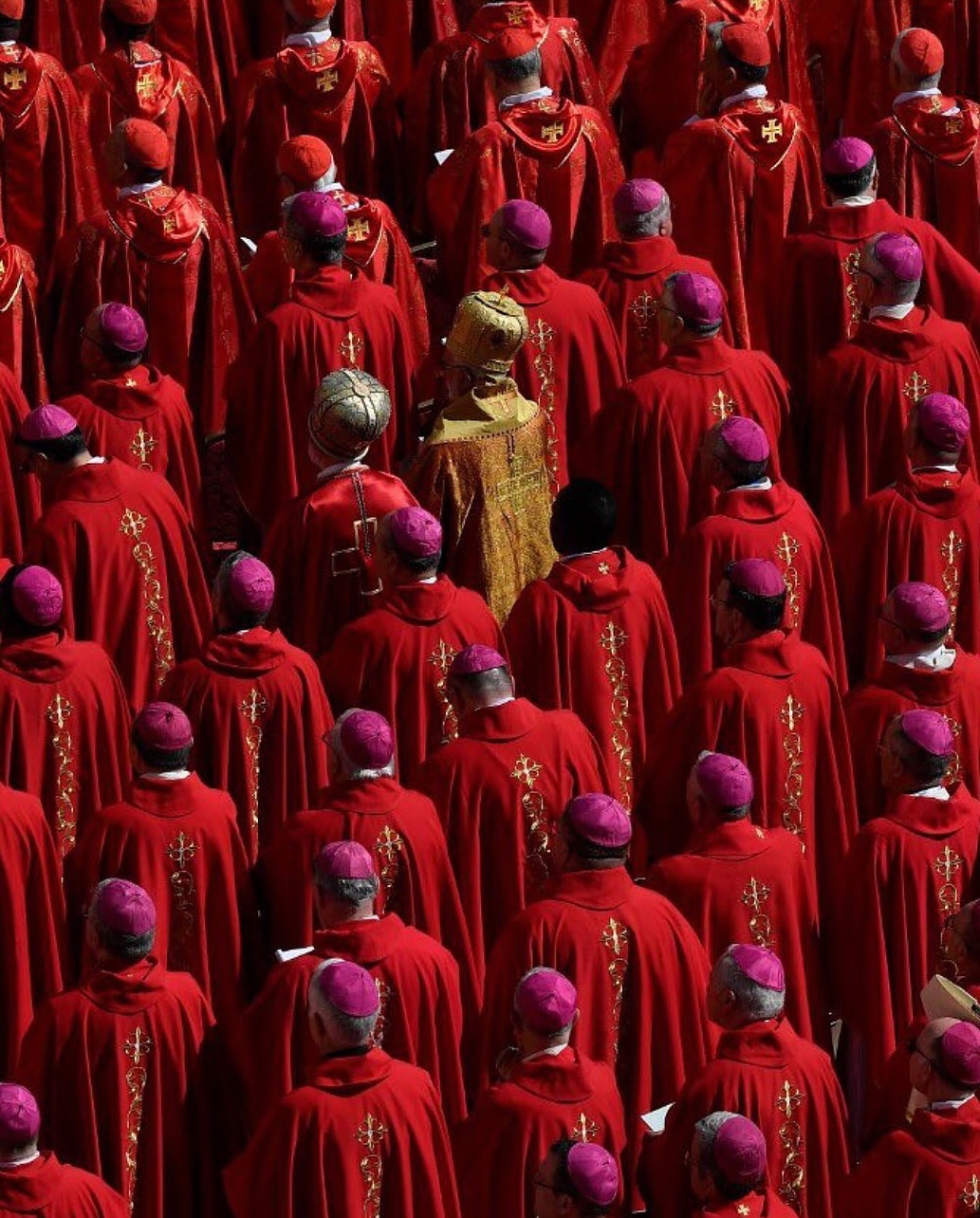May 7, 2025.
The Catholic Church has entered a historic moment of transition as 117 cardinals gather in the Sistine Chapel to elect a new pope following the death of Pope Francis on April 21. The conclave, held behind closed doors, will decide who becomes the 267th successor to St. Peter, leading a Church facing deep spiritual, social, and financial challenges.
Pope Francis’ Legacy and a New Chapter
Pope Francis, born Jorge Mario Bergoglio, led the Church for 12 years, becoming known for his humility, global outreach, and efforts to reform the Vatican’s inner workings. His death at age 88 marked the end of a transformative papacy and prompted a global outpouring of grief, including a funeral attended by dignitaries and world leaders.
Now, under strict secrecy, the cardinals—those under 80 years of age—begin voting in rounds requiring a two-thirds majority to elect the new pope. While the conclave process could take days or even weeks, recent elections have concluded swiftly, as seen in Francis’ own 2013 election.
Cardinal Pietro Parolin Emerges as Frontrunner
Among the leading candidates is Cardinal Pietro Parolin, the Vatican’s Secretary of State. At 70, Parolin is seen as a seasoned diplomat and a potential bridge between the Church’s progressive and conservative wings. His close alignment with Francis’ pastoral priorities and experience in global diplomacy—including Vatican-China relations—make him a top contender, with betting odds favoring him over others like Filipino Cardinal Luis Antonio Tagle.
Other notable candidates include Tagle himself, celebrated for his charismatic appeal in the rapidly growing Catholic communities of the Global South, and Hungarian Cardinal Péter Erdő, known for his conservative stance and expertise in canon law. Potential surprise candidates, such as Ghana’s Cardinal Peter Turkson or Canada’s Cardinal Marc Ouellet, could emerge if the conclave reaches an impasse.
The Road Ahead for the Next Pontiff
Whoever is elected will inherit a Church at a crossroads. Financial strains are mounting, including a $94 million Vatican budget deficit and a pension fund shortfall exceeding €631 million. Meanwhile, the Church faces declining attendance in Europe and North America, contrasted by significant growth in Africa and Asia.
Socially, the next pope must address complex issues—from clergy abuse scandals and Church governance reform to debates on LGBTQ+ inclusion and women’s roles. Pope Francis’ push for decentralization and synodality remains incomplete, leaving the next pontiff to decide whether to continue his vision or return to more traditional approaches.
A Symbolic Break from Tradition
In a small but symbolic shift, the Vatican has not ordered new papal robes from the historic tailor Gammarelli, possibly echoing Pope Francis’ emphasis on simplicity. As always, the deliberations within the Sistine Chapel remain secret, with cardinals sworn to silence under penalty of excommunication.
A World Awaits White Smoke
Around the world, millions are watching for the signal of white smoke rising from the Sistine Chapel’s chimney—a sign that a new pope has been chosen. Social media is abuzz with speculation, memes, and analysis, but only official Vatican sources will confirm the result.
The selection of a new pope is a moment of global importance for the world’s 1.4 billion Catholics and beyond. Whether the next leader continues Pope Francis’ legacy or charts a different course, their decisions will shape the Church’s future in an increasingly complex world.
